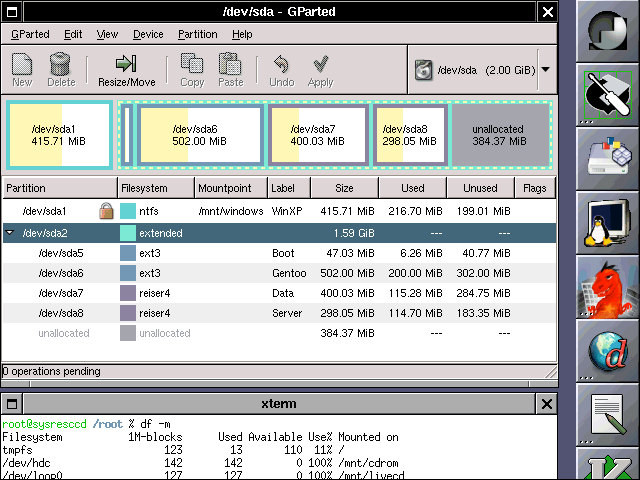


SYSTEMRESCUECD ISO
to /mnt/RESCUE701.Ĭopy the boot, EFI and sysresccd directories from the (extracted) ISO over to the root of your flash drive partition. Mount the partition created in step 3 above, e.g.

If you are upgrading a flash disk from a previous System Rescue version, fatlabel /dev/sdX1 RESCUExyz will do. This label is used to find the root file system. It is crucially important that the label of the partition is "RESCUExyz" with x.yz being the version number of System Rescue you are putting on the flash drive. I do not have any systems that need an EFI partition so I skip GPT and EFI partitions. Use gparted, parted, cfdisk or sfdisk to make MBR partition table and a single primary partition of type "FAT32 LBA" (type c). But if you read this a few months down the line, it will be a newer ISO. I am using System Rescue 7.01 which is the last release as of now. Download System Rescue and unpack the ISOĭownload from and extract the files from the ISO.Ĭd MYTEMPSPACE & 7z x ~/Downloads/ or so will do. I did this on Debian Buster but with some adjustments to paths and what packages to install, any recent Linux distribution should do:ġ. The basic idea is to use the bulk of the System Rescue ISO contents but amend these with your own grub and syslinux so they work as intended over the supplied ones that are bound to the ISO layout a bit too much. I much prefer to have a flash drive that I can write to over an image of a CD (ISO) written 1:1 onto the flash media. They recommend a dd or the fancy graphical version of that, called usbimager. The "Installing on a USB memory stick" documentation is good for Windows (use Rufus, it's nice) but rather useless for Linux.
SYSTEMRESCUECD UPDATE
With this their ISO layout changed substantially so when updating my trusty recue USB flash drive, I could not just update the kernel, initrd and the root filesystem image as I had typically done every other year before. System Rescue, the project formerly known as System Rescue CD, has moved from being based on Gentoo to being built on Arch Linux packages.


 0 kommentar(er)
0 kommentar(er)
